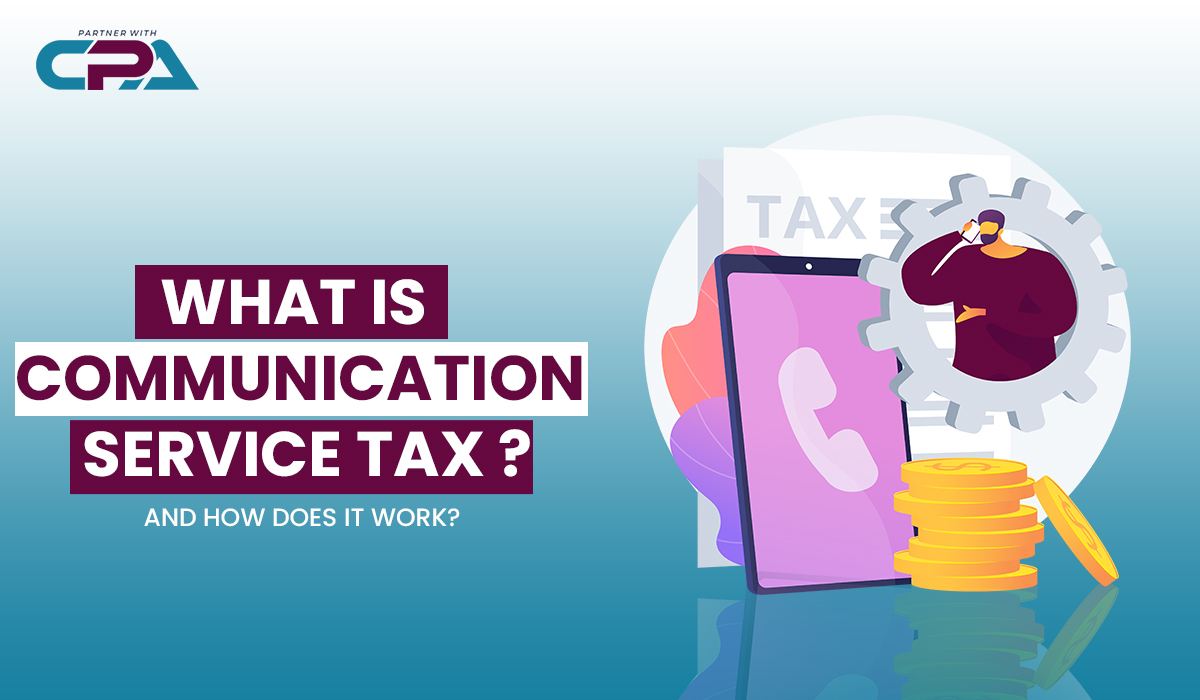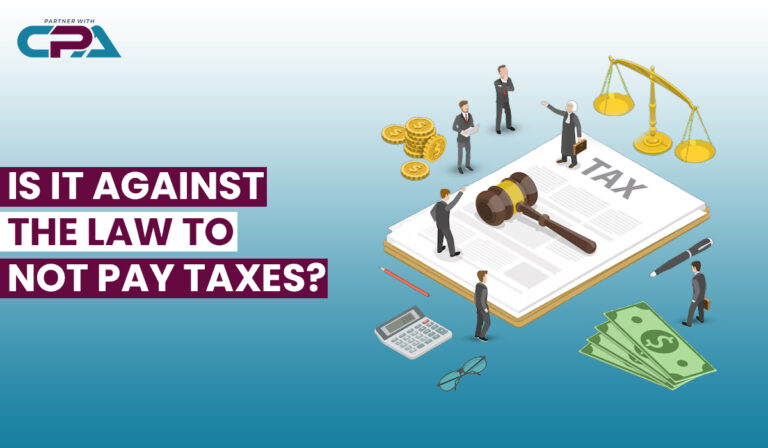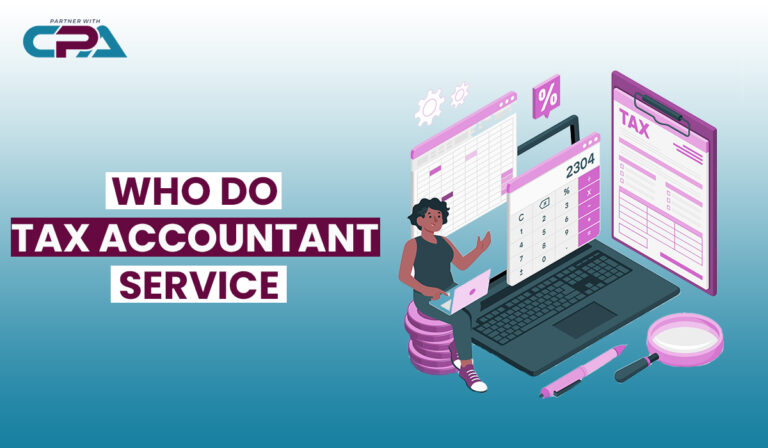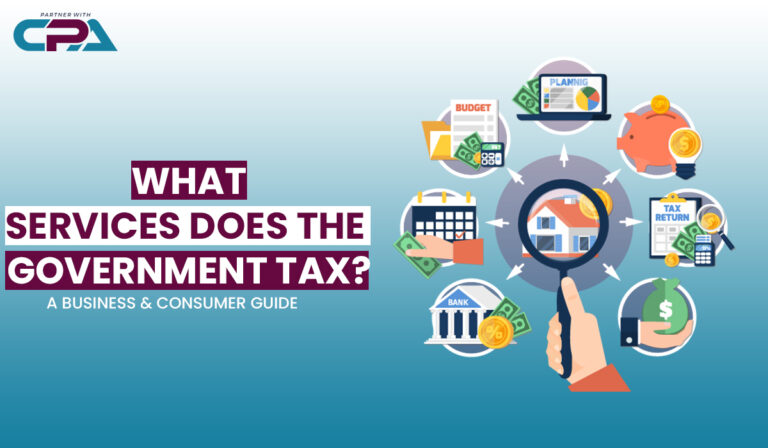What is Communication Service Tax and How Does It Work?

In today’s digital world, communication services play an essential role in connecting people and businesses. Governments impose taxes on these services to generate revenue, one of which is the Communication Service Tax (CST). This tax applies to various telecommunication services, including mobile and internet services, and varies by region.
This article provides a comprehensive breakdown of what the Communication Service Tax is, how it works, and its impact on consumers and businesses. We will also discuss state-specific versions such as Florida’s Communications Services Tax and Local Communications Service Tax, along with a deep dive into compliance, exemptions, and the future of CST policies.
What is Communication Service Tax?
Communication Service Tax (CST) is a government-imposed tax on telecommunications and digital services such as mobile networks, broadband, and cable television. The tax is usually applied as a percentage of the cost of the service and is collected from consumers through their service providers.
Characteristics of CST:
- Applied to communication services such as phone calls, internet access, cable TV, and VoIP.
- Levied at the federal, state, or local level depending on the country.
- The tax rate varies by location and the type of service used.
- Service providers collect and remit the tax to the government.
- Some digital services may also be subject to CST, including streaming and cloud-based communication platforms.
How Communication Service Tax Works
CST is typically calculated as a percentage of the bill for communication services. It is added to the cost of the service and appears on consumers’ monthly bills. The government then collects this tax from service providers.
Example of CST Calculation
Let’s say a telecommunication company charges $100 for internet services, and the CST rate is 10%.
- CST Amount: $100 × 10% = $10
- Total Bill: $100 + $10 = $110
This tax revenue is used to fund public services, infrastructure, and regulatory functions within the telecommunication sector.
How CST Rates Differ
- Flat-rate CST: Some governments apply a uniform percentage tax on all communication services.
- Tiered CST: Certain regions apply different tax rates for different services (e.g., higher tax on mobile calls vs. internet access).
- Service-Specific CST: Some locations impose CST only on specific services, such as VoIP or premium TV channels.
Communication Service Tax in the U.S.
In the United States, communication services are subject to taxation at both federal and state levels. Different states have unique regulations regarding CST, including the services that are taxed and the applicable rates.
Some states impose CST on all communication services, while others only tax specific services like mobile data and VoIP. Additionally, tax policies may vary depending on whether the service is provided by a landline, satellite, or wireless carrier.
Federal vs. State-Level CST Regulations
- The federal government does not impose CST directly but allows states to regulate it.
- Some states and municipalities tax only specific communication services.
- Regulations vary regarding the inclusion of bundled services, such as combined cable, internet, and phone packages.
What is Florida Communications Services Tax?
Florida has its own version of CST, known as the Florida Communications Services Tax (CST). This tax applies to various telecommunication services, including:
- Wireless and wired phone services
- Internet services (in some cases)
- Satellite and cable TV
- Voice-over-Internet Protocol (VoIP) services
- Streaming services (if applicable under state law)
Florida CST Rates
- State Rate: 7.44%
- Local Rate: Varies by county
Example Calculation for Florida CST
If a consumer in Florida has a $50 monthly cable bill:
- State CST (7.44%): $50 × 7.44% = $3.72
- Local CST (Varies, e.g., 2%): $50 × 2% = $1.00
- Total CST: $3.72 + $1.00 = $4.72
- Final Bill: $50 + $4.72 = $54.72
The Florida CST funds various state and local government services, including infrastructure development.
What is Local Communications Service Tax?
In addition to state-level CST, some local governments impose their own communications service tax. The Local Communications Service Tax is levied by municipalities and counties to raise additional revenue for local services.
Breakdown of Local CST
- Applied in addition to state CST
- Rate varies depending on the city or county
- Typically funds local infrastructure, emergency services, and public programs
For example, if a state imposes a 7% CST and a local government adds a 3% CST, the total tax rate would be 10%.
Who Pays and How is it Collected?
CST is paid by consumers but is collected and remitted by service providers (telecom companies, cable providers, and internet service providers). The tax is included in the consumer’s monthly bill and then transferred to the relevant government agency.
Exemptions and Reductions
Some organizations and services may be exempt from CST, depending on the regulations of the region.
Common CST Exemptions
- Government Agencies (Federal, state, and municipal entities)
- Nonprofit Organizations (Depending on the tax laws of the state or country)
- Educational Institutions (Universities, research centers, etc.)
- Certain Digital Services (In some states, internet access may be tax-exempt)
Challenges and Controversies
1. Double Taxation Issues
In some cases, CST may be applied on top of other taxes, leading to higher consumer costs.
2. Impact on Digital Services
With the rise of streaming services and cloud computing, there are debates on whether CST should apply to digital services like Netflix and Zoom.
3. Compliance and Enforcement Issues
Many businesses struggle with tracking and remitting CST, especially those operating in multiple states.
Conclusion
The Communication Service Tax (CST) is an essential source of revenue for governments, helping fund infrastructure and public services. However, the tax varies significantly by region, service type, and government regulations.

I’m Qaisar Umar, a Digital Marketing Expert, Web Designer, and Growth Strategist with experience ranking 90+ brands and working with 200+ international clients. I’m SEMrush certified and trained by iSkills, specializing in SEO, web design, and growth strategies to help businesses scale online.
Passionate about technology and ranking tactics, I stay ahead of trends to drive real results. Whether it’s boosting visibility, improving engagement, or growing a brand, I focus on strategies that work.



